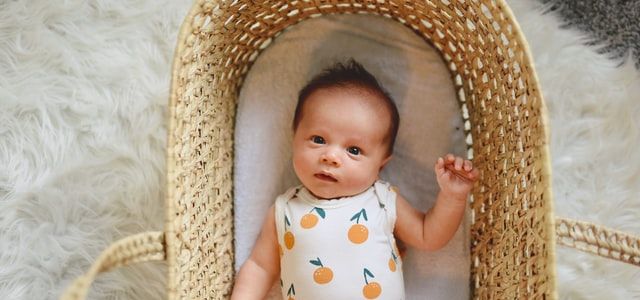Infants are highly weighed when it’s for their safety as well as to determine their health. It is a normal thing some parents wish to know how much their baby weighs than others. However, in some cases, they need to weigh their babies at home rather than take them to the hospitals. In fact, Babies should be weighed regularly so that their weight status could be maintained.
Table of Contents
Find the right scale to weigh baby at home
The first thing you need to do is make sure you’re using an accurate baby scale. A digital kitchen scale probably won’t work,a newborn baby doesn’t weigh much more than a bag of flour and you probably won’t be able to get an accurate reading with one.
Instead, look for a baby scale that gives you weight readings down to at least the nearest ounce (2.2 pounds) or preferably the nearest gram. Look for a scale that’s easy to use, so you can focus on your baby instead of fumbling around with buttons. If you plan to use the scale frequently, look for one that will turn itself off automatically when not in use, so it doesn’t continue draining its batteries while sitting idle in the closet between weigh-ins.
Set up a safe place
Get everything ready on the scales before you pick up your baby. If you’re using bathroom scales, make sure they’re flat on the floor and not on a rug or mat. Make sure the scales are stable and can’t slip or tip over. You can use a chair or other sturdy object to help support your baby if necessary.
Weigh your baby
It’s important to keep track of your baby’s weight in the first few weeks and months. It can be useful to know if they’re getting enough milk and gaining weight at a healthy rate.
How you weigh your baby depends on their age and how much they weigh. You can use:
an electronic baby scale, which is most accurate for babies weighing up to 10kg (22lb)
a set of kitchen scales, which may be suitable for larger babies
A digital scale with a removable weighing tray is easiest to use. Place the scale on a firm, flat surface and keep your baby close to you while you weigh them.If the scale has an LCD display, try to angle it so you can see it easily, without having to move around too much or juggle the baby. If possible, measure them at the same time of day and in the same clothes each time.
Measure the length
- Record your findings. Measure the length of your infant in inches and convert it to meters. For example, if your baby is 24 inches long (60 cm), write down 0.6 meters. If you don’t have a tape measure, use a yardstick or ruler instead. You can also use a long piece of string or yarn and then measure that string with a ruler.
- Look up the correct weight for an infant of that length on an infant weight chart. If you need to convert pounds to kilograms, multiply by 0.4536 (1 lb = 0.4536 kg).For example, if your child is 24 inches long (0.6 meters) and weighs 18 lbs (8 kg), look up 8 kg on the chart at 0.6 m in height.
Wipe the face
You can weigh your baby yourself if you have a set of baby scales. It’s best to weigh your baby before feeding them or after they’ve been to the toilet. If you feed your baby beforehand, wipe their face clean. If you weigh them afterwards, make sure all soiled nappies are off first.
Once you’ve weighed them, record their weight. Keep a note of it in the red book the health visitor gave you at the six-to-eight-week check.If you don’t have access to a set of scales, contact your health visitor or GP surgery. Many offer weighing sessions for babies and young children.
Be patient with your baby’s mood
- Use a digital baby scale. They are much easier to use than the traditional spring-loaded scales found at doctors’ offices.
- Have your partner or someone else help you. You may need a second pair of hands to hold your baby, especially if you have a wiggly or upset baby.
- Be patient with your baby’s mood while they get used to being weighed. Your baby might cry, squirm and resist while they get weighed.
- Place your baby on the scale in the same position every time you weigh them. This way, you can easily measure any changes in their weight over time as they grow and change.
- Use the “Tare” function on your scale before weighing your baby each time. This will reset the scale to zero and take into account any blankets or diaper changes between weighing.
- Always weigh with the same diapers, clothes and blankets that your baby normally wears.
Conclusion
You can weigh your baby at home, but it’s important to do it consistently and safely.The infant weighing scale is a critical piece of equipment for baby’s health. A tare weight scale can weigh your baby in their bassinet or car seat, measuring the products you already have invested in. Also, baby scales are not just for newborns.
You can weigh your growing infant to track growth and ensure they are meeting key milestones. Accurate bassinet scales may help detect slipping developmental milestones since they are easier to use than a bulky bathtub scale.
